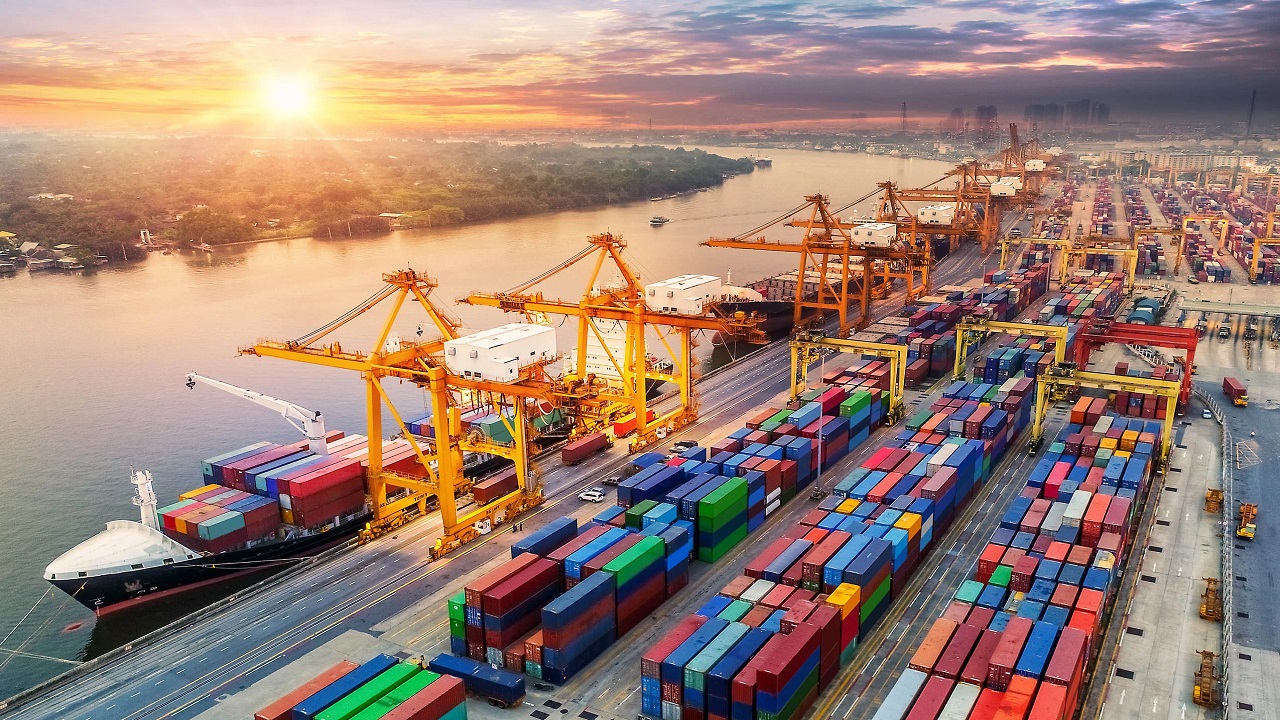Globalization and the New World Order: India’s Strategic Opportunity
Context :
-
Globalization has been a driving force in shaping the modern world order through trade, technology, and diplomacy.
-
However, recent shifts — such as the COVID-19 pandemic, rising multipolarity, and global supply chain disruptions — have challenged traditional norms of globalization.
-
For UPSC, this topic is relevant for GS Paper II (International Relations) and GS Paper III (Economic Development), especially in themes related to global governance, international institutions, and India’s strategic positioning.
1. What is Globalization?
-
Definition: Globalization is the process of increasing interconnectedness and integration of economies, cultures, technologies, and governance across national borders.
-
It has reshaped trade patterns, labor markets, technology diffusion, and geopolitical dynamics.
-
In the post-colonial world, globalization was guided by multilateralism and rule-based frameworks established for collective global welfare.
2. Evolution of Globalization: A Timeline
a) Pre-20th Century – First Wave (19th Century to WWI)
-
Enabled by the Industrial Revolution, railways, steamships, and telegraphs.
-
Expansion driven by imperialism and free trade policies of colonial powers.
-
Migration and global trade of raw materials and finished goods flourished.
Key Highlight: Global trade grew rapidly till 1914, followed by a sharp halt due to wars and protectionism.
b) Interwar Period and World Wars (1914–1945)
-
Disruption of global supply chains due to WWI and WWII.
-
Rise of nationalism, autarky, and protectionist policies.
-
The Great Depression (1929) worsened global economic cooperation.
c) Post-WWII Resurgence – Second Wave (1945–1980s)
-
Emergence of a rules-based global order under U.S. leadership.
-
Creation of Bretton Woods Institutions:
-
International Monetary Fund (IMF)
-
World Bank
-
General Agreement on Tariffs and Trade (GATT) → later WTO
-
-
Growth in global trade, technological advances (e.g., container shipping, aviation), and economic integration.
Key Highlight: First formal steps toward economic globalization with structured institutions.
d) Decolonization and Rise of the Global South
-
1950s–1970s: Large-scale decolonization in Asia and Africa.
-
Newly independent nations sought global inclusion and demanded a New International Economic Order (NIEO).
-
Rise of the Non-Aligned Movement (NAM) as a voice for equitable globalization.
e) Post-Cold War Liberalization – Third Wave (1990s–early 2000s)
-
Fall of the Soviet Union (1991) and spread of capitalism and democracy.
-
Rapid economic liberalization, FDI growth, and digital communication boom.
-
India’s 1991 LPG reforms aligned with this trend.
-
China joined WTO in 2001, dramatically boosting its global trade share.
Key Highlight: China’s accession to WTO in 2001 redefined global supply chains and manufacturing dynamics.
3. Recent Changes in the Global Order
a) Rise of Multipolarity
-
Global power is shifting from a unipolar U.S.-led order to a multipolar system involving:
-
China, EU, India, Russia, Middle Eastern nations
-
-
Global influence is now distributed, not concentrated.
b) Declining Trust in Global Institutions
-
Institutions like WTO, UN, and global treaties face legitimacy crises.
-
U.S. withdrawal from key agreements (e.g., Paris Climate Agreement, WHO) has undermined multilateralism.
c) Decline of the G7 Bloc
-
COVID-19 exposed the G7’s inward-looking tendencies (e.g., vaccine hoarding).
-
Resulted in loss of moral authority and leadership vacuum.
Key Highlight: BRICS is gaining significance; more countries are seeking membership, reflecting a shift in power centers.
d) Re-emergence of Asia
-
Asia projected to hold 2/3rd of global GDP and population in the coming decades.
-
Countries like India, China, and ASEAN members are driving global growth.
e) Rise of Geo-Economics
-
Nations now use economic tools as strategic weapons:
-
Sanctions, export controls, tariff wars, investment restrictions.
-
Example: U.S. ban on semiconductor exports to China.
-
f) Shift to Digital Globalization
-
Digital flows now dominate over physical goods.
-
Growth of data economy, digital services, e-commerce, and cross-border cloud computing.
Key Highlight: By 2022, data flows contributed more to global GDP than merchandise trade.
g) Green Globalization
-
Trade and investment decisions are now influenced by climate goals.
-
Example: EU’s Carbon Border Adjustment Mechanism (CBAM) imposes carbon taxes on imports from high-emission countries.
4. What Lies Ahead: Strategic Implications for India
a) Seize the WTO Opportunity
-
As WTO rules weaken, India should:
-
Propose new cooperative trade architectures with ASEAN and Africa.
-
Push for equity-based frameworks rather than one-size-fits-all global rules.
-
b) Gain from Restructured Global Value Chains
-
With China+1 strategy, India can become a preferred manufacturing destination.
-
Requires:
-
Investment in infrastructure
-
Ease of doing business
-
Technological adoption
-
c) Engage in Bilateral and Regional Groupings
-
India should deepen ties through:
-
Free Trade Agreements (FTAs)
-
Digital economy pacts
-
Infrastructure corridors
-
Key Highlight: New regional markets (Africa, ASEAN) are projected to surpass U.S. and EU consumption in coming decades.
d) Lead in New Global Governance Norms
-
Advocate for:
-
Composite agreements linking goods, services, and investments
-
Annual impact reviews for fair outcomes
-
New norms for managing digital, green, and AI-led globalization
-
Conclusion
Globalization has evolved from a colonial trade mechanism to a complex, digital, and multipolar phenomenon. In the face of institutional decline and shifting power centers, India must play a strategic, proactive, and constructive role in shaping a new global order that is just, inclusive, and sustainable.

.jpg)
.jpg)
.jpg)
Comments (0)